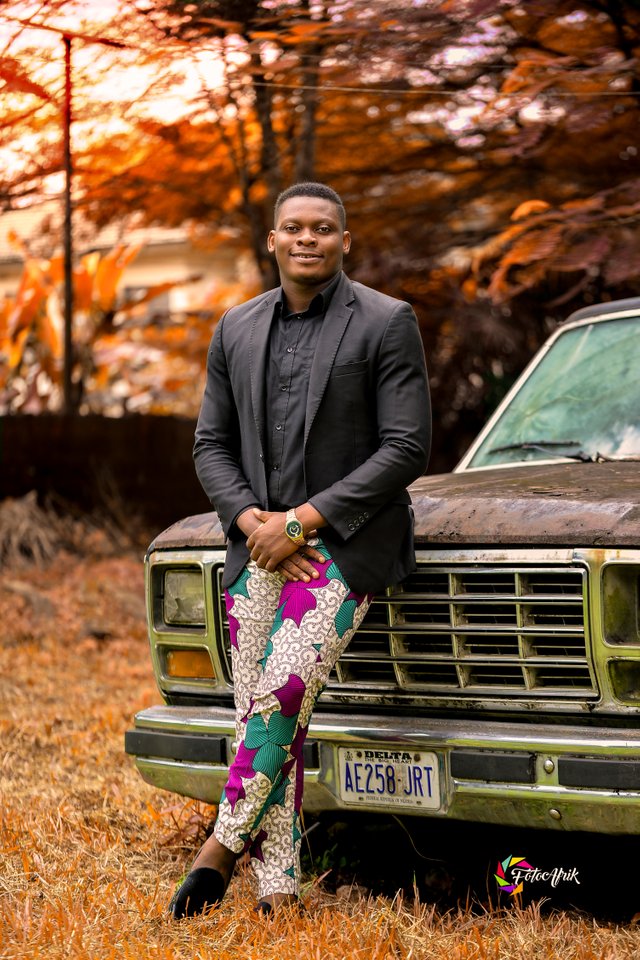What makes a good portrait stand up
photo shoot is often the first time a photographer and subject meet, which creates an unusual dynamic. Within moments, the former must tease out vulnerability and authenticity from the latter. Stark believes that more than any technical know-how—the ability to use the rule of thirds or set up good lighting, for example—a portrait photographer needs emotional intelligence. Connecting with subjects and reading their body language (Are they getting antsy? Are they uncomfortable?) produces frames more likely to elicit emotional reactions from viewers themselves.
Stark advises photographers not to begin directing their subjects immediately. “You want to see how comfortable they are in front of the camera,” she said. Subjects’ self-direction, as they generate their own poses, can create revealing, vulnerable, and intimate frames. One of her favorite portraits is by Annie Leibovitz, from 1999: a tender picture of actress Blythe Danner wrapping her arms around her daughter, Gwyneth Paltrow. “You can almost imagine her in the womb,” Stark said. The single image inspires myriad new associations and ideas about one of Hollywood’s most famous families in the viewer.
Yet no matter how experienced or famous your subjects are, or what kind of attitude they bring to the set, good frames are possible. According to Stark, a good photographer “can make anyone interesting.”